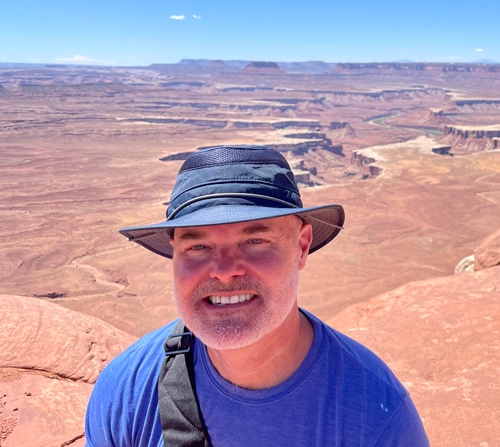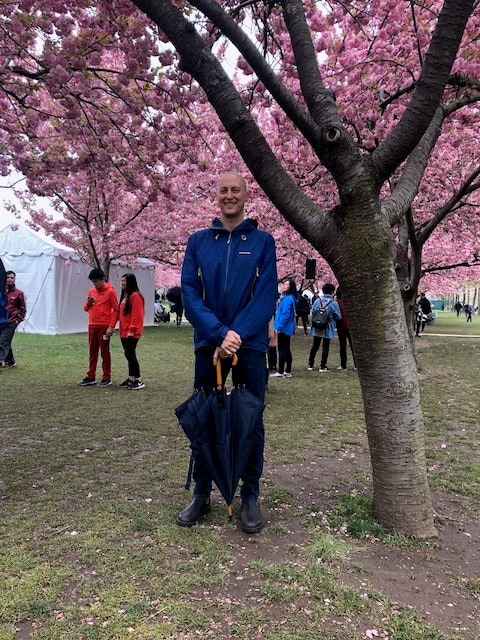How can Engineering With Nature approaches make urban landscapes more livable? In this episode, host Sarah Thorne and Todd Bridges, the Army’s Senior Research Scientist for Environmental Science and National Lead for U.S. Army Corps of Engineers’ Engineering With Nature Program, are talking with planners from two very different cities—New York City and Fort Collins, Colorado. Our guests are Adam Parris, Deputy Director for Climate Science and Services at the New York City Mayor’s Office of Climate Resiliency, and Jennifer Shanahan, Senior Watershed Planner in the Natural Areas Department at the City of Fort Collins, Colorado. Both are working to support their city’s efforts to make urban communities safer, more sustainable, and more resilient.
Cities are increasingly important. As Todd notes, “In 1950, about one third of the world’s population lived in a city. Today, half of the world’s population lives in a city; and estimates are that by midcentury, nearly two-thirds of the world’s population—over 7 billion people—will live in a city. We need cities to be safe and livable and support human well-being.” Confronted with the challenges of climate change—extreme heat, drought, flooding, and so on—integrating EWN approaches, including natural infrastructure, is critical to making cities safe and livable. Fort Collins and New York City demonstrate the value of such approaches.
In Fort Collins, situated in Northern Colorado where the mountains meet the plains, the Cache la Poudre River flows through the heart of downtown. The city owns most of the floodplain. Jen and her colleagues are responsible for a variety of initiatives, from monitoring the overall health of the river and the floodplain to bringing science into decision-making, which enables integrated management to support multiple uses of floodplain properties. They are also working on several restoration projects in collaboration with multiple stakeholders. The city manages 40,000 acres of nature and more than a hundred miles of walking and biking trails, which allows residents abundant access to nature. As Todd describes it, based on a recent visit (EWN on the Road, Stop #20), “People who work in downtown Fort Collins take time out of their lunch hour to walk these trails. You could be in the middle of nowhere, for all you know, walking this beautiful trail; but you’re right next to your office and downtown Fort Collins.”
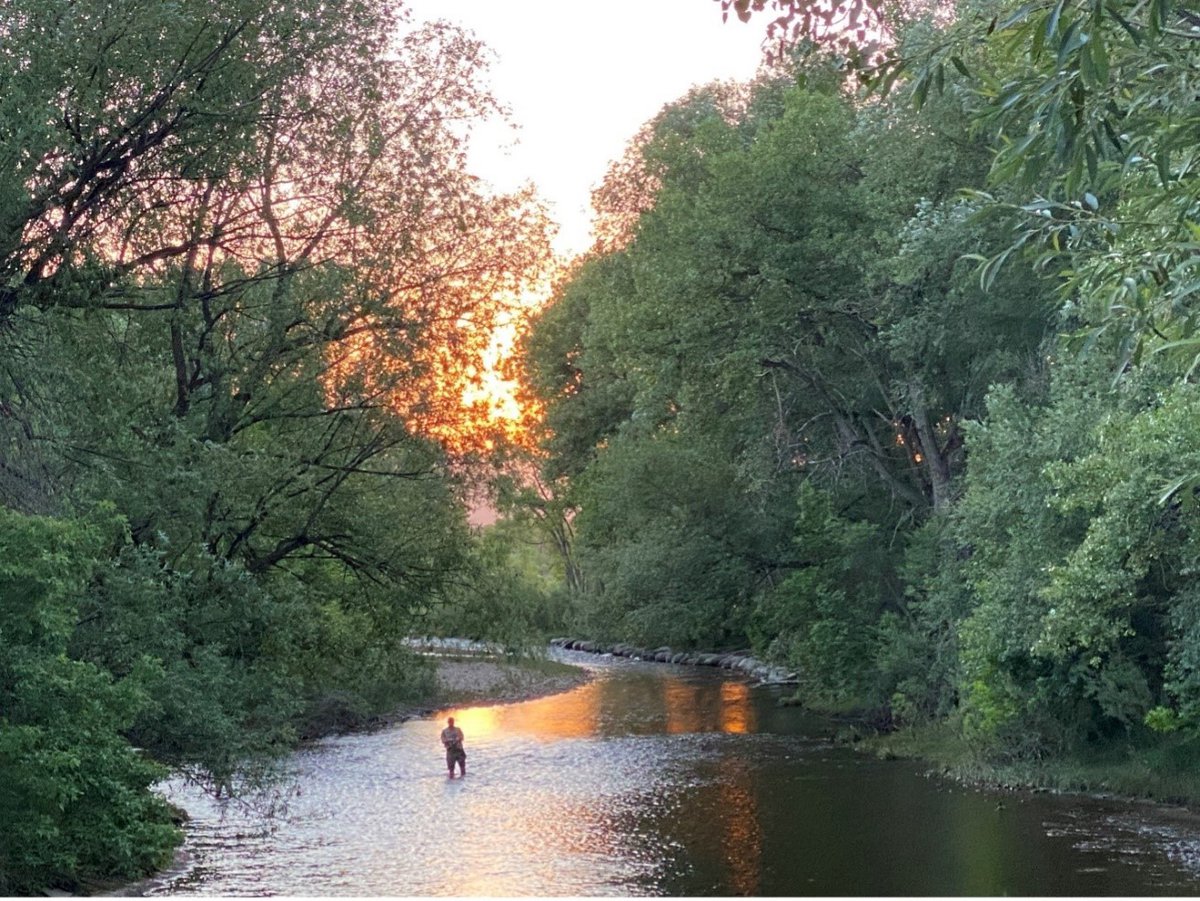
In contrast, New York City, with a population of over 8 million people, is a much larger and more complex urban setting. Still, as Adam says, “We have many pockets of nature. I’m heartened by the fact that there is nature everywhere in New York City. We have 10,000 acres of natural areas, accessible by walking, by bike, by subway; and people really value them. But it’s not what people traditionally think of in New York City—Times Square or Lower Manhattan.” He adds, “If you take the subway to the Broad Channel Station, you can walk a short distance to the Jamaica Bay Wildlife Refuge, and you are in the National Park System. More people visit the Jamaica Bay Wildlife Refuge every year than Yellowstone Park even though it’s only a small fraction of the size of Yellowstone.” In his role at the Mayor’s Office for Climate Resiliency, Adam and his colleagues work with multiple city agencies to help build a more vibrant, resilient, and just city for residents and visitors.
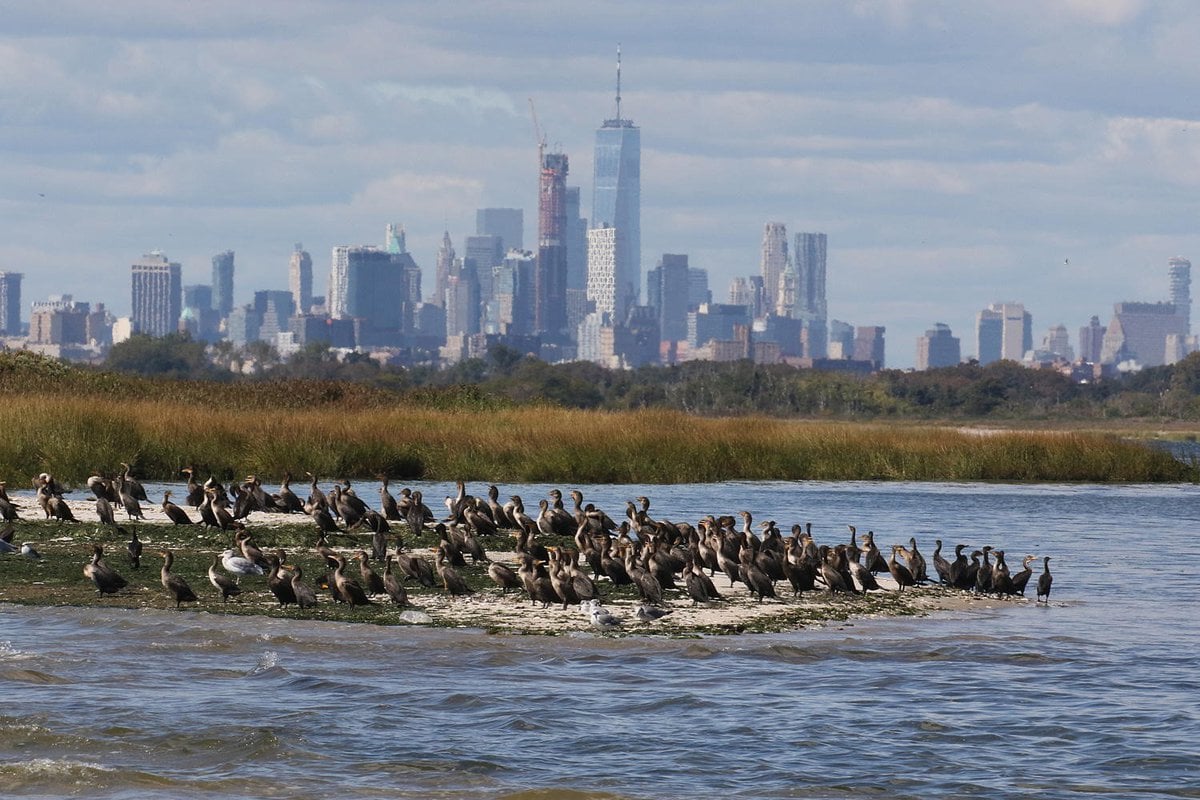
Making city landscapes safe and resilient is imperative. As Todd notes, “There are 225,000 square miles of paved surface on the planet—that is the size of Texas. That asphalt and concrete creates vulnerabilities in extreme precipitation events. We saw a recent example where people in New York City drowned when heavy rain from the storm remnants of Hurricane Ida flooded parts of the city.”
Jen and Adam are both working on mitigating the risks of climate change, including extreme weather events and flooding, by integrating EWN approaches into their urban landscape initiatives. Jen talks about how the Poudre River experiences extreme floods, droughts, fires in the watershed, and urban encroachment. She and her colleagues are working to reconnect the river with its broad flood plain: “By combining engineered approaches with more natural approaches, there is a lot of opportunity to improve the safety and the resilience of each local ‘reach,’ or every mile along the river. When we allow the river and the floodwaters to connect to the floodplain, a whole lot of wonderful ecological processes naturally occur.”
Adam describes the need for green infrastructure such as rain gardens, bioswales, and green roofs to slow water down and to keep it from getting into the stormwater system and buildings. “So far, we’ve been able to install 11,000 curbside rain gardens throughout the city and 70 ‘bluebelts’—areas where we try to control flood waters by using nature and following the flow of water and where it wants to go, as opposed to having all this water hit impervious surfaces and entering into the storm system.” The benefits are significant: “As we manage storm water during heavy rain events, there’s less untreated water flowing into our coastal waterways and the coastal waterways are cleaner. We’ve seen water quality improve in areas like Jamaica Bay and along the waterfront.”
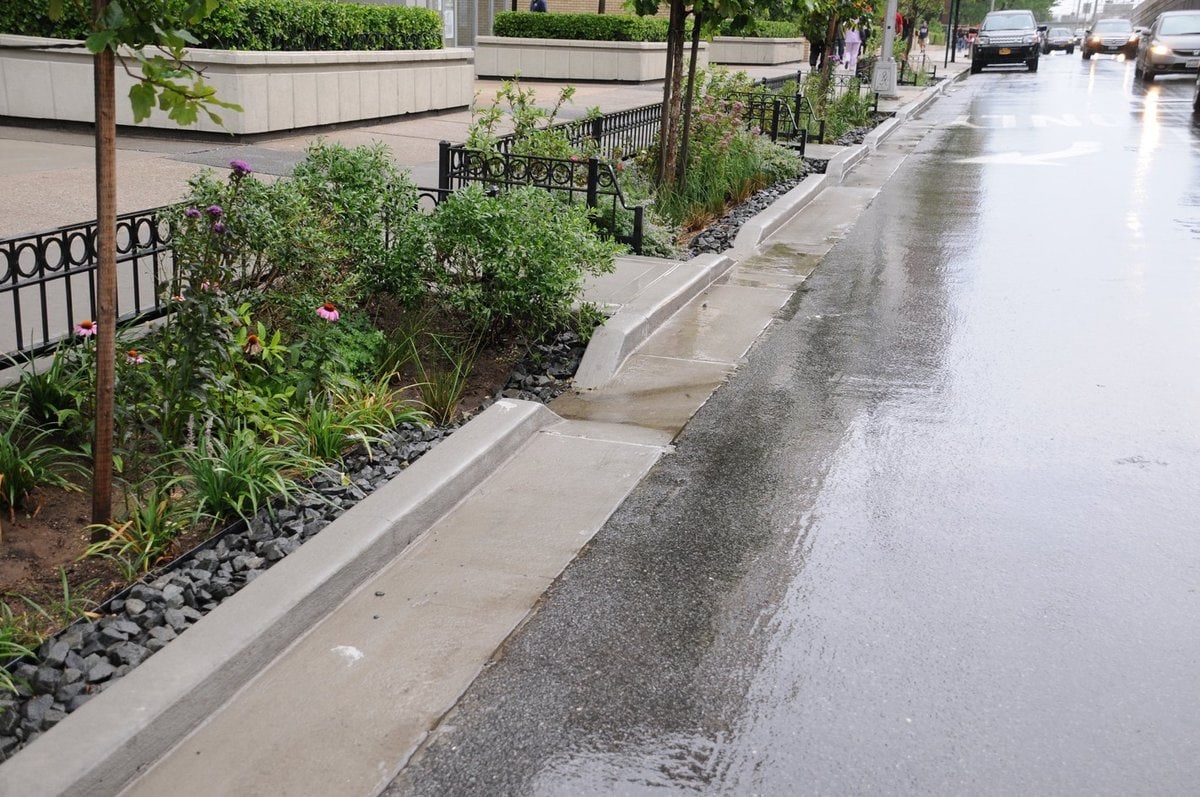
Todd wraps up the episode by highlighting the need for integrated approaches. “In cities—which are going to be increasingly important to the vast majority of humanity—how do we integrate engineering and architecture and infrastructure with nature? We need to recognize that we must incorporate nature into cities so we can preserve our own humanity. There’s a tremendous opportunity, and Fort Collins and New York City really provide great examples of what progress looks like—how they are making their cities safe and livable for people by integrating nature into their landscapes.”




